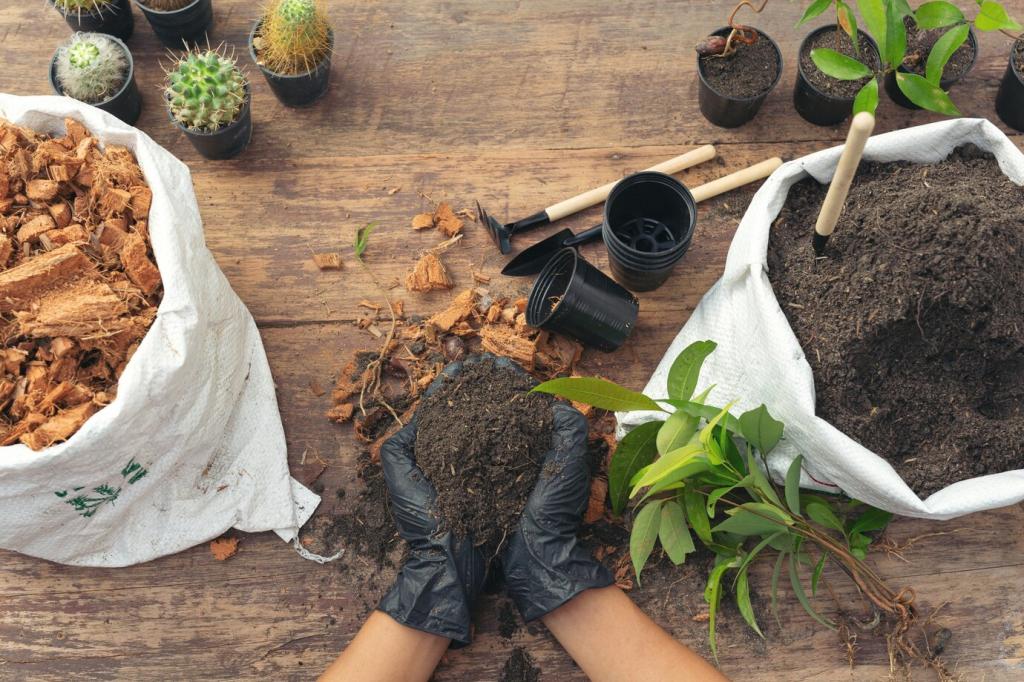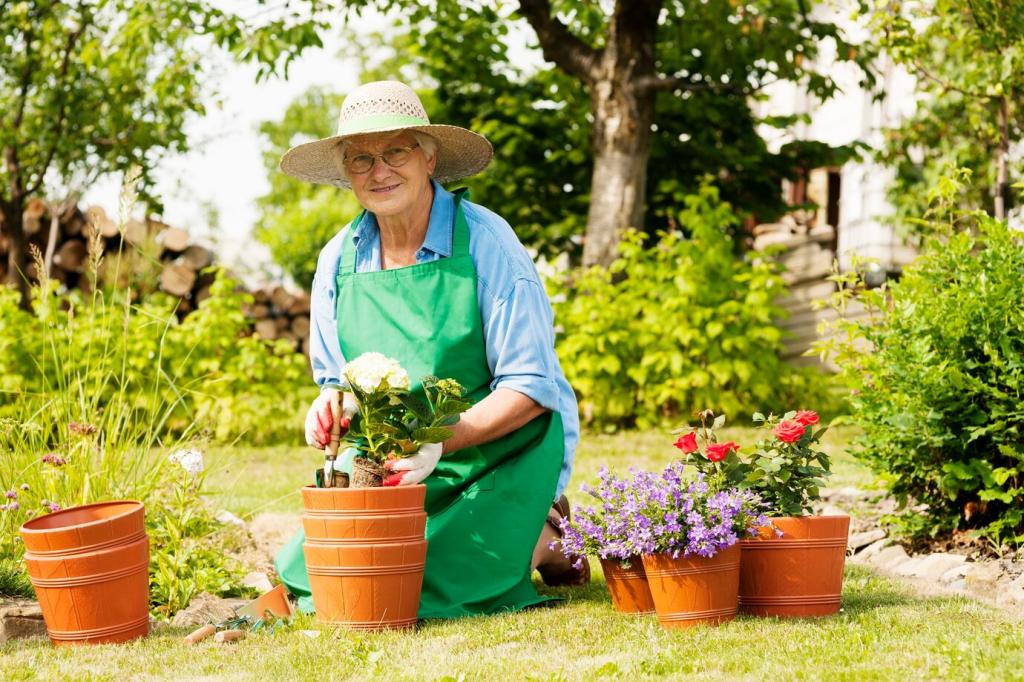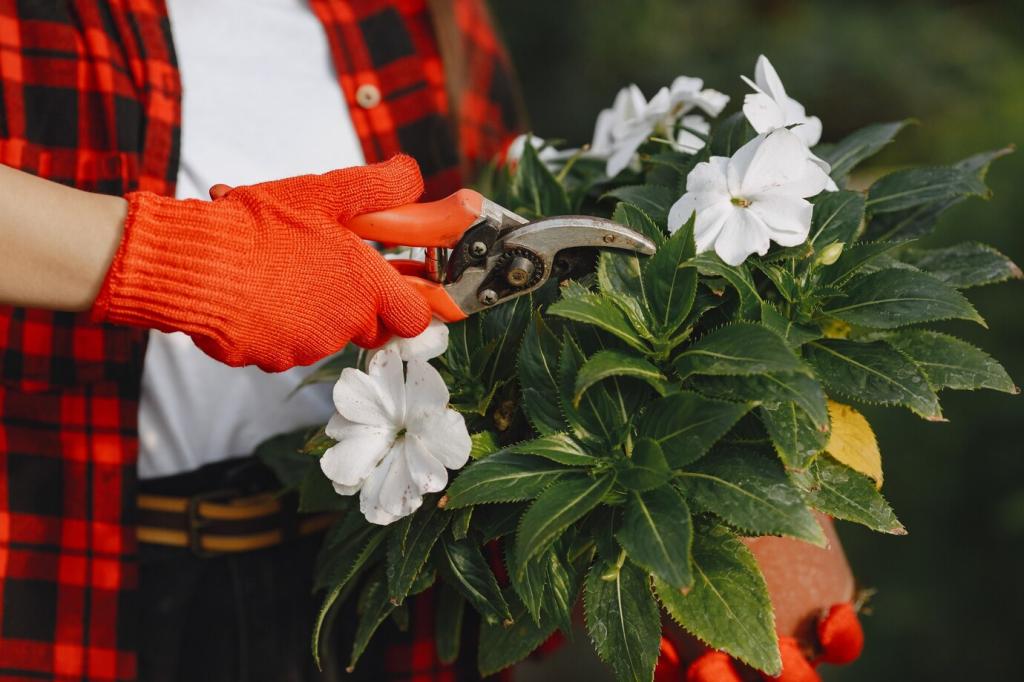Winter Hardy Plants for a Vibrant Landscape
Chosen theme: Winter Hardy Plants for a Vibrant Landscape. Embrace bold color, texture, and resilient beauty that thrives when temperatures fall, and join our community of gardeners who refuse to let winter dim their landscapes.

Interpreting USDA and RHS Zone Maps
Hardiness maps translate average minimum temperatures into practical choices. USDA zones guide North American selections, while RHS ratings help across the UK and Europe. Always cross-check microclimates, catalog claims, and local nursery wisdom before planting your winter hardy heroes.

Variability: Wind, Elevation, and Urban Heat Islands
Two gardens in the same zone can behave differently. Hills funnel icy wind, valleys collect cold air, and dense cities retain warmth. Track your site’s patterns for a season, then choose winter hardy plants calibrated to your specific, lived climate reality.

Evergreen Bones: Hedges, Topiary, and Silhouettes
Boxwood parterres, yew cones, and holly domes frame space when flowers fade. Crisp lines hold snow beautifully, creating a living sculpture. Start with a few strategic shapes, repeat them, and watch your winter hardy plants create structure that reads clearly after the first frost.

Bark, Berries, and Buds That Glow
Redtwig dogwood, paperbark maple, and winterberry holly deliver color that rivals summer blooms. Add ruby twigs against evergreens, cinnamon bark near pathways, and berry clusters near windows. These winter hardy accents earn attention on gray days and feed birds when resources are scarce.

Lighting and Snow: Staging Winter Drama
Low, warm landscape lights grazing evergreen forms and colorful twigs amplify contrasts at dusk. Snow caps on conifers sparkle under LEDs, revealing textures you miss at noon. What evening lighting tricks highlight your winter hardy plants? Comment with your favorite fixtures and placements.
Evergreen Shrubs That Laugh at Frost
Choose hardy boxwood like ‘Green Mountain’ for upright accents, cold-tolerant yew for shade, and American holly for iconic gloss and berries. Check cultivar hardiness, site them out of harsh wind, and prune lightly to preserve dense winter silhouettes that feel architectural and timeless.
Perennials and Bulbs with Winter Interest
Hellebores and Snowdrops: Courageous First Bloomers
Hellebores push leathery buds through mulch when few plants dare, and snowdrops nod under melting snow. Plant in dappled shade with well-drained soil, then resist tidying too early. Their quiet bravery sets the tone for a landscape that thrives across the coldest weeks.
Seed Heads as Sculpture and Bird Buffet
Leave echinacea, sedum, and rudbeckia standing for sculptural silhouettes dusted with frost. Finches and chickadees will thank you. Resist the impulse to cut back too soon; winter hardy gardens use restraint, letting nature stage the show while supporting hungry visitors in lean months.
Planting Calendar for Rooted Success
Autumn planting gives roots time to establish before repeated freeze–thaw cycles. Aim for six to eight weeks before ground freeze, water thoroughly, and mulch lightly. Do you track soil temperatures or first frost dates? Share your timing tactics for dependable winter hardy performance.
Grasses and Groundcovers That Hold the Line
Native grasses like switchgrass and little bluestem stand tall with copper tones and musical rustle. Leave them through winter for habitat and beauty, then cut back in early spring. Their upright posture punctuates snowfields, proving winter hardy design can be kinetic and soothing.
Grasses and Groundcovers That Hold the Line
Low, resilient groundcovers protect soil and frame pathways. Epimedium tolerates dry shade, pachysandra blankets under trees, and creeping thyme knits sunlit edges. Mix textures to avoid monotony, and consider edging to corral spread. Which groundcover earns your gold star for winter hardiness?



Wildlife-Friendly Winter Hardy Plantings
These shrubs offer winter calories and color. Plant staggered ripening to extend the buffet through cold months. Cluster near sheltering evergreens to reduce exposure to wind and predators. Which berry-laden, winter hardy shrub draws the most feathered guests to your garden?
